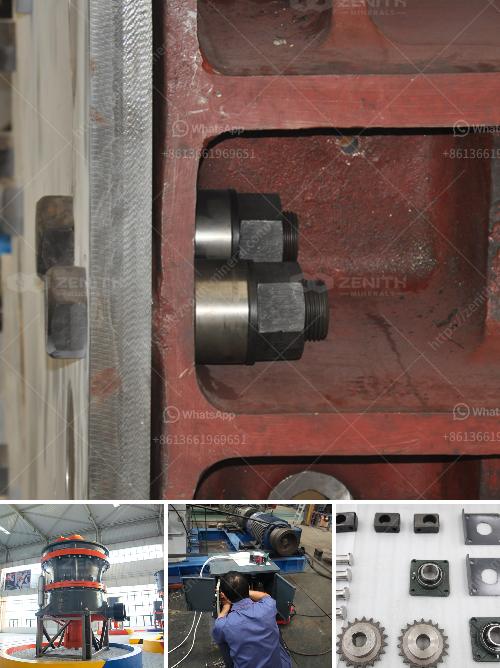Determining the profits from a crusher machine in Kenya involves several factors:
- Initial Investment: Consider the cost of purchasing or leasing the crusher machine.
- Operational Costs: This includes fuel or electricity, labor, maintenance, and parts replacement.
- Input Costs: The cost of raw materials that need crushing.
- Production Capacity: How much material the crusher can process per day, week, or month.
- Market Prices: The selling price for the crushed material, which can vary depending on local demand and the type of material processed (e.g., stones, gravel, or sand).
- Competition: The level of competition in the local market could affect pricing and sales volume.
- Regulatory Costs: Fees associated with mining permits or environmental regulations.
- Logistics: Costs associated with transporting the raw materials to the crusher and the finished product to the market.
To calculate potential profits:
- Revenue: Estimate the total revenue by multiplying the production volume by the selling price.
- Total Costs: Sum up all the expenses including the operational and input costs.
- Profit: Subtract the total costs from the revenue.
Example Calculation:
- If a crusher processes 10,000 tons of material per month and the selling price is KSh 500 per ton, the monthly revenue is KSh 5,000,000.
- Assuming total monthly costs (including all factors mentioned) are KSh 3,000,000, the monthly profit would be KSh 2,000,000.
It's crucial to conduct a detailed feasibility study tailored to your specific situation to accurately project profits.

